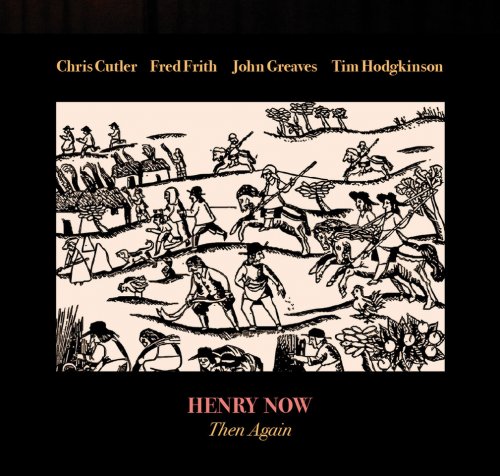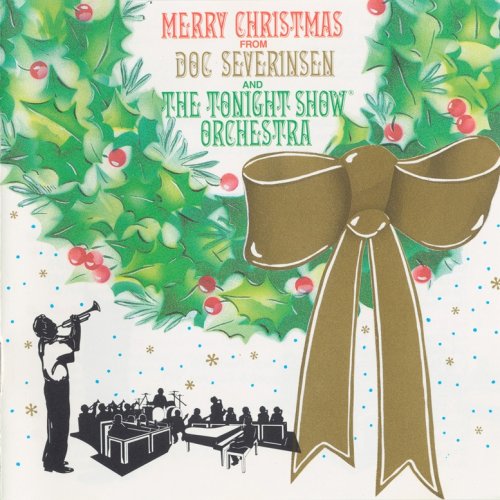The Silver Field - Sing High! Sing Low! (2020)
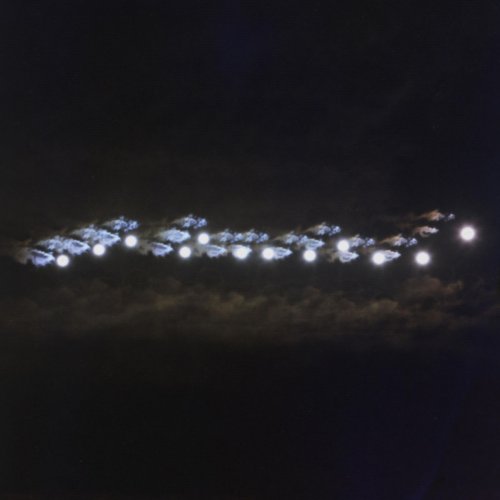
Artist: The Silver Field
Title: Sing High! Sing Low!
Year Of Release: 2020
Label: Crossness Records
Genre: Alternative, Psychedelic Folk
Quality: 320 / FLAC (tracks)
Total Time: 39:40
Total Size: 91 / 212 Mb
WebSite: Album Preview
Tracklist: Title: Sing High! Sing Low!
Year Of Release: 2020
Label: Crossness Records
Genre: Alternative, Psychedelic Folk
Quality: 320 / FLAC (tracks)
Total Time: 39:40
Total Size: 91 / 212 Mb
WebSite: Album Preview
01. Dry Light (5:04)
02. Hearth Bite (4:15)
03. Song of Wandering (4:38)
04. Day Flowers (4:53)
05. The Valley Spirit (1:29)
06. Salt Light (4:12)
07. Out Back (4:21)
08. Talk to Me (8:18)
09. The Fire Dream (2:30)
The spooked sounds, skirting the edges of melody, that begin the Dry Light, the opening track on The Silver Field’s second album, are a good indicator of the off-kilter nature of the eerie resonances that follow. Coral Rose, the songwriter and composer behind The Silver Field name, deals in the evocative mixture of psychedelic folk and hauntology that grows from carefully constructed, minimalistic base into a fertile sound-world of tape loops, spine-tingling vocals and an almost visceral connection to the natural world.
Rose describes Sing High! Sing Low! as the record of a journey. At times that journey is a physical one, taking in elements of landscape and mimicking movement. At others, it is more of a mental or emotional journey. But Rose’s real genius lies in her ability to synthesise these disparate themes into a meaningful whole. The album is, in a way, a dialogue or set of dialogues. At times these dialogues are internal and at others, they examine the singer’s place in the natural world, but they always retain a unique and unified personal vision.
Second track Hearth Bite begins with something that sounds like the cut-up scraps of one of David Lynch and Angelo Badalamenti’s more terrifying soundtracks. Then Rose’s lyrics, beginning with a spoken section which slowly develops a melody as it progresses, discuss human interpersonal relationships and the gender roles that often anchor those relationships. Her delivery is not, on the face of it at least, politically loaded or drily academic, and neither does it fall into Jungian abstraction. Instead, rain-wet and glimmering, it deals with physicality, albeit a kind of physicality that is slightly warped and dreamlike.
The Song Of Wandering takes W. B. Yeats’ Wandering Aengus (which, with a previous rewrite by Donovan and its famous description of ‘The silver apples of the moon,/The golden apples of the sun’ is already a kind of touchstone of the freak-folk movement) and backs it up with a shimmer of bells and a wall of near-discordant loops. There is a hint of mid-’70s Nico about it, and it shares a lineage with some of those wonderful, overlooked British avant-folk bands of the 2000s like Nalle and The Family Elan. Rose’s voice remains at the forefront though, earthy and wild, capable of cutting through the densest of musical foliage.
There are moments where the strangeness subsides and a simple, acoustic folk song emerges. One such is Day Flowers, which resembles Bright Phoebus-era Lal Waterson in its rich simplicity. But half-way through the album the thrill of the strange returns with The Valley Spirit, a brief song with the feel of an interlude, a kind of electronic pagan library music, while Salt Light begins like a more spectral, more rural version of Broadcast before Rose’s melodic sensibility kicks in. There is even a discernible chorus complete with uplifting backing vocals.
Shrill whistles, birdsong and barely-there percussive chimes lurk in the background of Out Back while a minimal guitar spreads a web over the top before a slow sweep of multi-tracked voices shifts the focus from the external to the internal, and on the long and enveloping Talk To Me the electronic loops and human voices seem to meet and mesh, creating a whole new type of landscape. The result is similar to some of Richard Youngs’ more ambitious work. A final spoken-word track, The Fire Dream, gives the album an alluring symmetry.
Sing High! Sing Low! is the second Silver Field album in eighteen months. Its predecessor, Room, was an ambitious and often beautiful piece of work with an airy and sometimes detached feel. With these new songs that rely less heavily on electronics, Rose has embraced a new connectedness and in doing so has proved herself to be a singular and exhilaratingly gifted musician.
Rose describes Sing High! Sing Low! as the record of a journey. At times that journey is a physical one, taking in elements of landscape and mimicking movement. At others, it is more of a mental or emotional journey. But Rose’s real genius lies in her ability to synthesise these disparate themes into a meaningful whole. The album is, in a way, a dialogue or set of dialogues. At times these dialogues are internal and at others, they examine the singer’s place in the natural world, but they always retain a unique and unified personal vision.
Second track Hearth Bite begins with something that sounds like the cut-up scraps of one of David Lynch and Angelo Badalamenti’s more terrifying soundtracks. Then Rose’s lyrics, beginning with a spoken section which slowly develops a melody as it progresses, discuss human interpersonal relationships and the gender roles that often anchor those relationships. Her delivery is not, on the face of it at least, politically loaded or drily academic, and neither does it fall into Jungian abstraction. Instead, rain-wet and glimmering, it deals with physicality, albeit a kind of physicality that is slightly warped and dreamlike.
The Song Of Wandering takes W. B. Yeats’ Wandering Aengus (which, with a previous rewrite by Donovan and its famous description of ‘The silver apples of the moon,/The golden apples of the sun’ is already a kind of touchstone of the freak-folk movement) and backs it up with a shimmer of bells and a wall of near-discordant loops. There is a hint of mid-’70s Nico about it, and it shares a lineage with some of those wonderful, overlooked British avant-folk bands of the 2000s like Nalle and The Family Elan. Rose’s voice remains at the forefront though, earthy and wild, capable of cutting through the densest of musical foliage.
There are moments where the strangeness subsides and a simple, acoustic folk song emerges. One such is Day Flowers, which resembles Bright Phoebus-era Lal Waterson in its rich simplicity. But half-way through the album the thrill of the strange returns with The Valley Spirit, a brief song with the feel of an interlude, a kind of electronic pagan library music, while Salt Light begins like a more spectral, more rural version of Broadcast before Rose’s melodic sensibility kicks in. There is even a discernible chorus complete with uplifting backing vocals.
Shrill whistles, birdsong and barely-there percussive chimes lurk in the background of Out Back while a minimal guitar spreads a web over the top before a slow sweep of multi-tracked voices shifts the focus from the external to the internal, and on the long and enveloping Talk To Me the electronic loops and human voices seem to meet and mesh, creating a whole new type of landscape. The result is similar to some of Richard Youngs’ more ambitious work. A final spoken-word track, The Fire Dream, gives the album an alluring symmetry.
Sing High! Sing Low! is the second Silver Field album in eighteen months. Its predecessor, Room, was an ambitious and often beautiful piece of work with an airy and sometimes detached feel. With these new songs that rely less heavily on electronics, Rose has embraced a new connectedness and in doing so has proved herself to be a singular and exhilaratingly gifted musician.

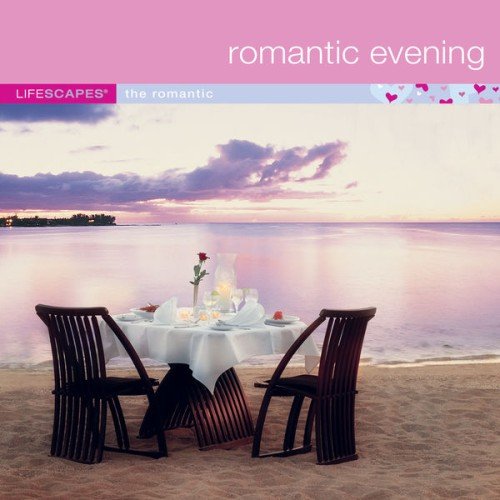
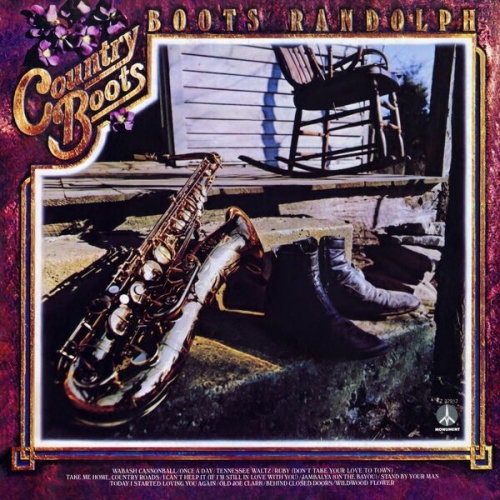
![Lionel Hampton - Apollo Hall Concert 1954 (Remastered) (2023) [Hi-Res] Lionel Hampton - Apollo Hall Concert 1954 (Remastered) (2023) [Hi-Res]](https://www.dibpic.com/uploads/posts/2025-12/1766995341_lhac500.jpg)
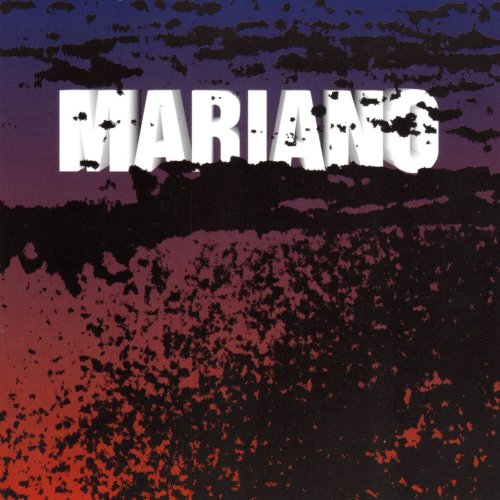

![King Owusu, Pachakuti, young.vishnu - Siamo (2025) [Hi-Res] King Owusu, Pachakuti, young.vishnu - Siamo (2025) [Hi-Res]](https://www.dibpic.com/uploads/posts/2025-12/1767014690_a0952440070_10.jpg)
